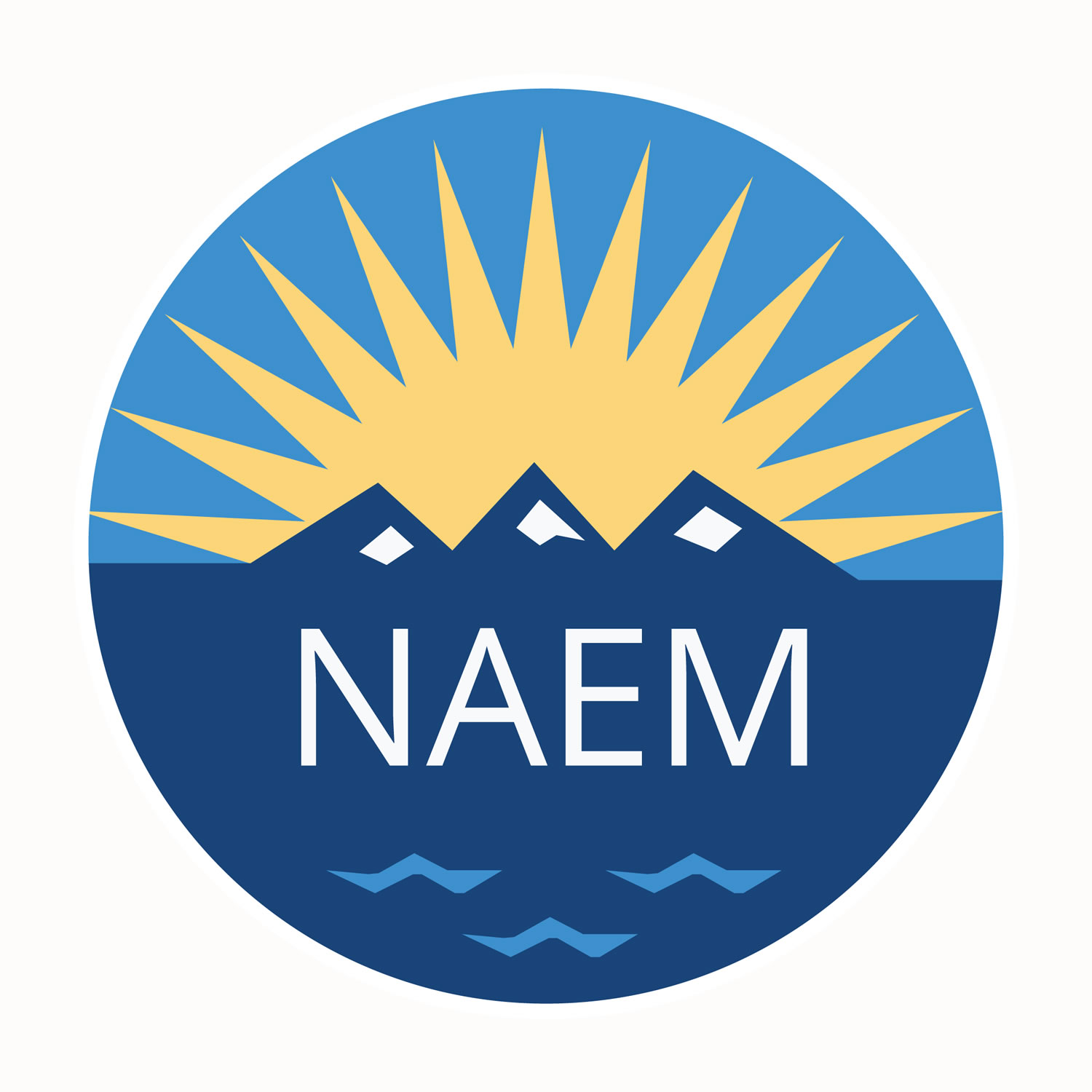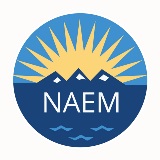Diversity and Inclusion is About Much More Than Race and Gender

This experience of "fitting the mold" is still so common that a 2017 Harvard Business Review (HBR) report found that "37% of African Americans and Hispanics and 45% of Asians say they ‘need to compromise their authenticity' to conform to their company's standards of demeanor or style." And HBR's research on women's participation in the science, engineering and technology industries demonstrates that "acting like a man" can help a woman become a leader in those fields.
For today's workers, on the other hand, diversity and inclusion goes beyond gender, race, age or skill level (also called inherent diversity). The unique collection of traits within each individual is called acquired diversity, while the effective blending of differences to work well together as a team is called cognitive diversity.
The key to building a competitive 21st-century workforce, therefore, is to not only attract diverse applicants but to cultivate a highly collaborative workspace where all employees, regardless of gender, race, age or length of employment, are invited to participate. When employees know their ideas and perspectives are valued, they are likelier to be engaged, contribute more and stay longer.
In a time when skilled EHS&S professionals are increasingly difficult to find, diversity and inclusion is an effective strategy for long-term talent management.
To learn how to build a culture that can strengthen your EHS&S team, improve collaboration and employee retention, download NAEM's report, "Why Diversity and Inclusion is a Winning Strategy for EHS&S Teams."
About the Author

NAEM Staff
The National Association for Environmental, Health and Safety, and Sustainability (EHS&S) Management (NAEM) empowers corporate leaders to advance environmental stewardship, create safe and healthy workplaces and promote global sustainability. As the
leading business community for EHS&S decision-makers, we provide engaging forums, a curated network, peer benchmarking, research insights and tools for solving today’s corporate EHS&S management challenges. Visit us online at naem.org.



